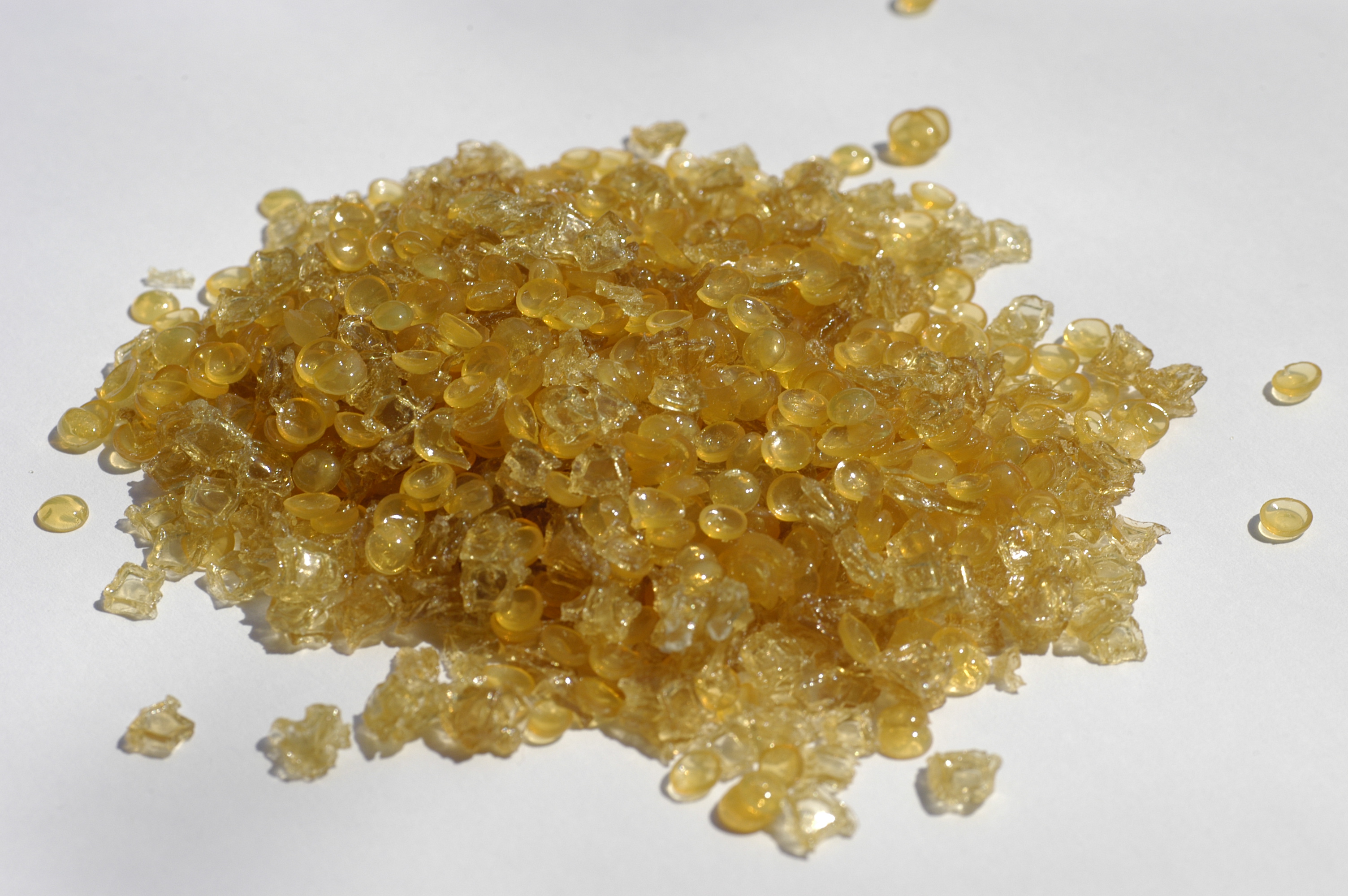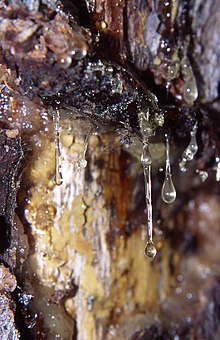Adhesives

Adhesives
In most types of woodworking, hide glue was traditionally the primary form of adhesive. It is comprised of rendered collagen from the skin of animals, it is chemically similar to edible gelatin and is non-toxic if digested. Today it is still used in Lutherie (musical instrumant fabrication) and some specialized antique repair. It is available in pre-made liquid form, which usually has Urea added to keep it liquid at room temperature and to extend drying time.

Currently, Polyurethane glue is the most commonly used adhesive for most woodworking, and can bond to not only wood but to textile fibers, metals, plastics, glass, sand, ceramics, and rubber. Polyurethanes are typically prepolymers terminated with isocyanates; when exposed to moisture, the isocyanates react and cure the mixture. One major drawback to polyurethanes are that they are much less durable in water-saturated bonds.
 There are two major forms of adhesives today which are most often used, epoxy-based and resin-based. Resin can be of plant or synthetic origin and plant resins have been used as adhesives since the Medieval Age. Resin has a long cure time and this is why it is typically preferred in woodworking, as it allows time for aligning and gluing many pieces together before the bond sets.
There are two major forms of adhesives today which are most often used, epoxy-based and resin-based. Resin can be of plant or synthetic origin and plant resins have been used as adhesives since the Medieval Age. Resin has a long cure time and this is why it is typically preferred in woodworking, as it allows time for aligning and gluing many pieces together before the bond sets. Epoxy is considered the strongest adhesive available today and is used for vehicles, planes, and many other applications. Depending on the brand, epoxy can take anywhere from 6 to 30 minutes to fully cure, and because of this it is usually preferred in industrial applications where quick cure times are beneficial. It is combined with a catalyst to harden the epoxy quickly.
Epoxy is considered the strongest adhesive available today and is used for vehicles, planes, and many other applications. Depending on the brand, epoxy can take anywhere from 6 to 30 minutes to fully cure, and because of this it is usually preferred in industrial applications where quick cure times are beneficial. It is combined with a catalyst to harden the epoxy quickly.Adhesives are also used in the fabrication of sheet stock such as LDF, MDF, HDF, plywood, and chip or particle board.
In this application, Phenol Formaldehyde is the most commonly used, it is a synthetic resin adhesive, and is either mixed in the material and pressed (such as with chip board or MDF) or layered between sheets of material (such as with plywood).

Comments
Post a Comment